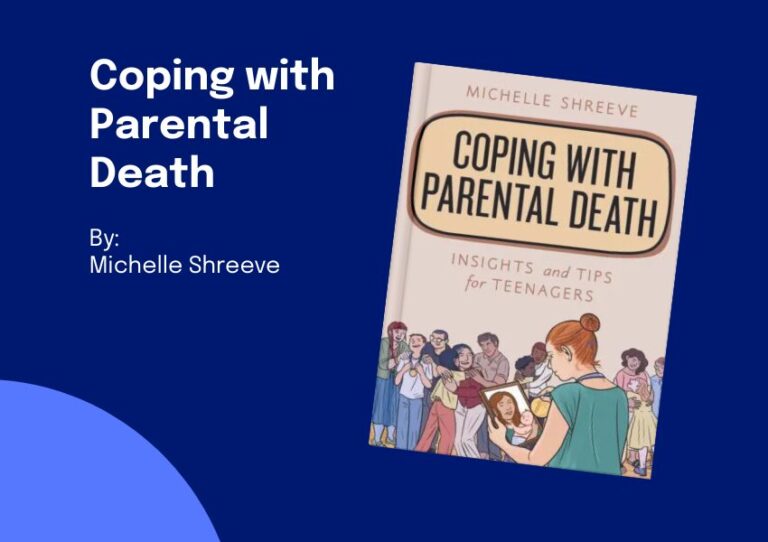Mother’s Day for Grieving Students

Schools may focus on Mother’s Day as a day to celebrate and honor the important role that mothers play in the lives of their children. Students might make cards or write stories. Some invite their mothers to school for special programs marking the importance of them in children’s lives. For a child whose mother is absent, however, these celebrations can be confusing and even painful. This can include a surprising number of students. A mother may have died or may otherwise be absent. She may live in another state or town. She may be deployed in the military. She may be in prison. Mothers’ whereabouts may be unknown to some children.
Expect that these activities might trigger feelings of confusion or grief. It is not difficult to imagine such reactions for children who have experienced the death of their mother. However, such activities might also be troubling for children who have lost other important female figures in their lives—aunts, grandmothers, neighbors. Even children who have experienced the death of a father, sibling, or close family friend might be reminded of ways the family has changed since the death.
Frame activities in broad, flexible ways. Acknowledge the possibility that mothers may be absent. For example, you might say, “For this Mother’s Day activity, I’d like you to focus on your mother or another important female adult in your life—someone who cares for you and has provided support. If your mother is not living, or she does not live with you, you can still complete this activity with her in mind if you wish.”
Reach out to grieving students ahead of time if possible. If you know a student has gone through a loss in the family, speak privately before the activity. Describe what you plan to do. Then ask if the student feels comfortable with this activity or would like to do something else
Be sensitive to students’ responses during the activity. Watch for students who show signs of discomfort or distress. Check in to see if they would like to adapt the activity in some way (such as making a card for their father or another important adult in their life). Avoid calling on these students during discussions but allow them to volunteer to speak if they wish.
These are also useful adaptations for activities on other holidays that focus on family connections—such as Father’s Day, Valentine’s Day, Thanksgiving, and more. Offer students options at these times that are suitable to their range of life experiences.
Mother’s Day is an opportunity to celebrate living mothers and their value in our own lives. It makes sense to affirm the importance of positive role models for students. Using a few simple steps, educators can present Mother’s Day activities in ways that are less likely to be troubling or upsetting for those children who do not have mothers who are alive or currently engaged in their lives, whether that be due to a death or another reason. In this way, Mother’s Day and how it is marked in school is meaningful to all students.
This article was authored by The Coalition to Support Grieving Students which is home to a free school practitioner-oriented website with over 20 video training modules on topics ranging from how to talk with grieving students to responding to a school crisis event. Endorsed by over 125 professional organizations and free to download, the website provides module summaries, handouts, reference materials, and guidance documents that provide step-by-step practical advice. Free resources for parents and other caring adults are also available.



